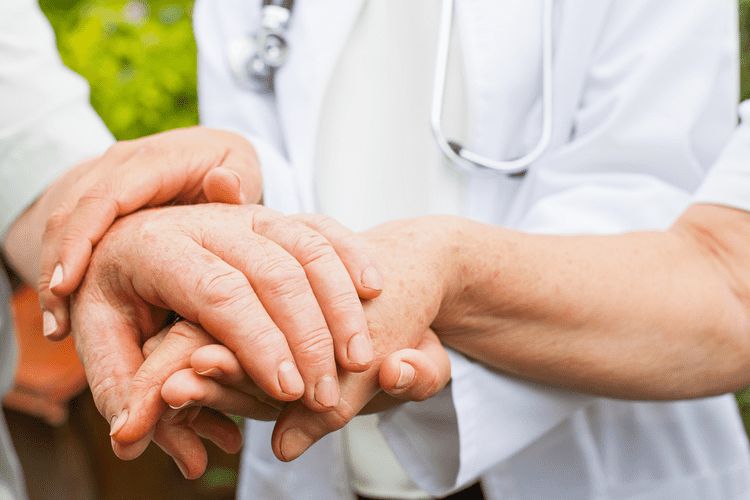Content
According to the 2021 Monitoring the Future Panel Study, alcohol consumption among college students has been level in recent years for the most part. In 2020, alcohol prevalence rates of 30-day use, 30-day been drunk, and binge drinking declined significantly in the early stages of the pandemic, but have Top 5 Questions to Ask Yourself When Choosing Sober House rebounded from these historic lows in 2021. For more than 30 years the Foundation for Advancing Alcohol Responsibility has been leading the fight to eliminate drunk driving and underage drinking. While rates have declined, alcohol consumption among youth under the legal drinking age remains a concern.

Unfortunately, at some teen parties, the emphasis is on drinking to get drunk. This “binge” drinking happens when someone drinks more than four (for women) or five (for men) alcoholic drinks in about two hours. On the other hand, many people enjoy the taste of alcoholic beverages. And when consumed by adults in small to moderate amounts, especially with meals, alcohol may be good for the heart.
When Teen Drinking Becomes a Disorder
Youth who drink before the age of 15 are at risk of significant consequences, according to experts. The research shows that young adolescents who consume alcohol are more likely to demonstrate suicidal behaviors; they are also more likely to have sex and to engage in risky sexual acts, such as having multiple partners. Those who consume alcohol by age 14 or earlier are also more likely to struggle with alcohol dependence later in life. While these signs don’t always indicate a problem with alcohol use, they are red flags that your teenager needs help.
- Alcohol, a legal way for people over the age of 21 to loosen up and have a good time is becoming an alarmingly common component to teen parties.
- Almost 8% of teens who drink say they binge drink, or drink five or more alcoholic drinks in a row.
- If you’re going to a party and you know there will be alcohol, plan your strategy in advance.
- However, other major upheavals in their lives, such as moving, illness, divorce, relationship problems, and the death of a family member, can make drinking or other substance use more likely as they try to find a way to ease their pain.
- Millions of readers rely on HelpGuide.org for free, evidence-based resources to understand and navigate mental health challenges.
The general estimation for girls ages 9-17 is that consuming three drinks on the same occasion satisfies the requirements for binge drinking. Of course, there will be variations due to factors like the individual’s weight, tolerance level, etc., but as can be seen by these figures, the standards for binge drinking differ for younger individuals. This fact sheet for teens provides facts about tobacco use.
Family history
Over the past decade the number of combined students reporting they have consumed alcohol decreased 17 percent, proportionally, and 48 percent from a record high of 80 percent in 1991. Seventy-seven percent of 8th graders report they have never consumed alcohol, with nearly one in four reporting they have consumed alcohol in their lifetime. Lifetime consumption among eighth-graders is down 69% proportionally from 70% in 1991 to 23% in 2022. Lifetime consumption of alcohol among tenth graders and twelfth graders returned to pre-pandemic levels in 2022, but declined proportionally 51% and 30%, respectively, since 1991. Adults who had taken their first drink of alcohol before the age of 15 were 6.5 times more likely to experience an alcohol use disorder than those who didn’t start drinking before age 21. Additional effects of alcohol use can develop as an adolescent gets older.
- Alcohol’s impact on the brain—not to mention its immediate effects on everyday functioning—may explain why
kids who drink usually have serious difficulties in school. - It’s helpful to realize that the human brain continues to grow and develop until age 25.
- Binge drinking means consuming five or more drinks in about two hours for someone who is biologically male, or four or more drinks for someone who is biologically female.
- Teenagers often rebel against their parents but if they hear the same information from a different authority figure, they may be more inclined to listen.
- In general, adults more quickly experience impaired motor skills, but not always problems with memory, when they have been drinking.

Recent Comments